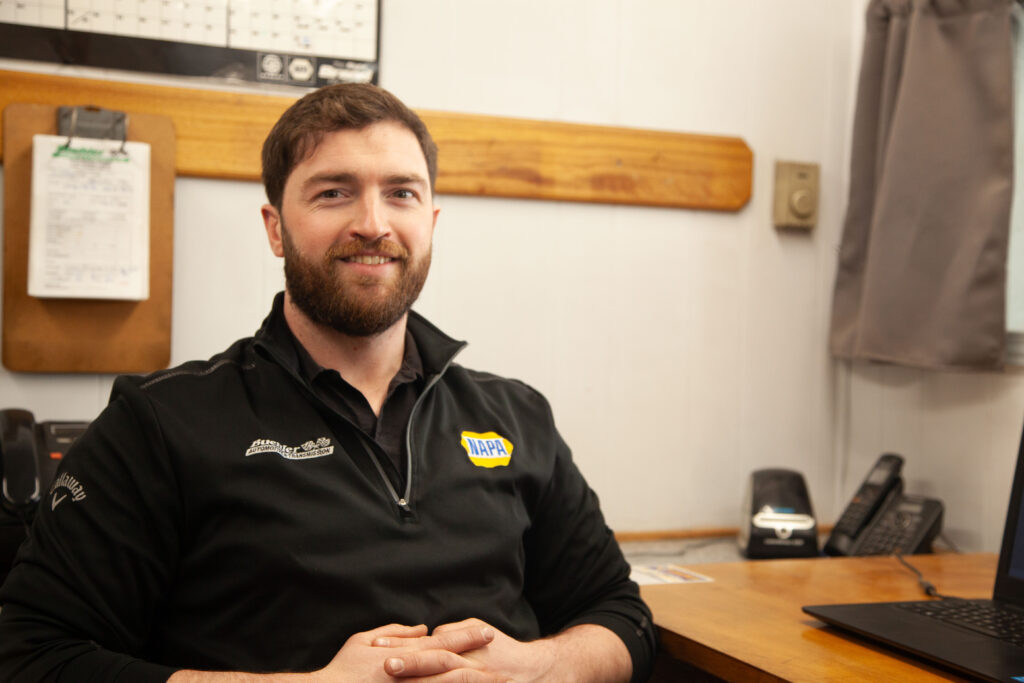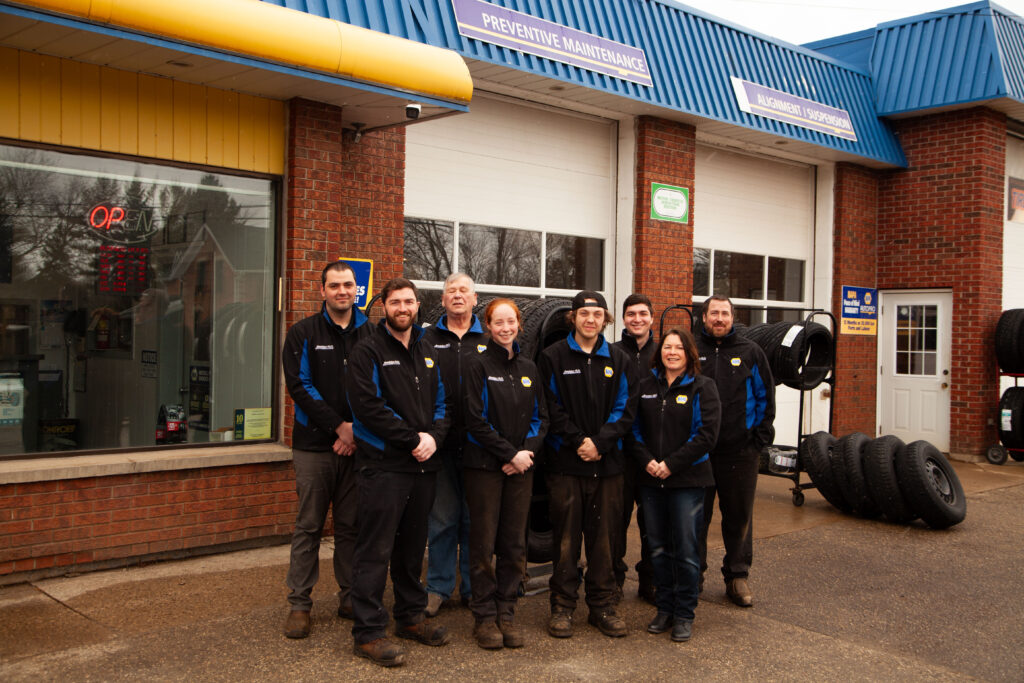Protecting Your Investment
Blog Articles
For most people, a vehicle is a major investment, second only to buying a house. With tough economic times, one of the wisest things we can do is keep a well maintained vehicle and “not driving it till it breaks”. Nobody likes the cost of vehicle repairs. The best way to prevent break downs and emergency repairs is regular vehicle inspection and maintenance.
Vehicle maintenance means keeping all the systems and features functioning as closely as possible to the original design intentions. Proactively tending to your vehicle’s maintenance needs is likely to help your vehicle start, run, and stop as the manufacturer intended, maximizing performance, reliability, and service life.
Oil and Oil Filters: Replacing the dirty oil and filter will help protect the internal parts of the engine from premature wear. It’s important to use the recommended grade of oil for your vehicle for the best protection and fuel mileage. We strongly recommend every 5000 km intervals for the best return on your vehicle investment.
Transmission: Automatic transmissions have become more sophisticated with additional gears and computerized electronic controls and are designed to work with the engine controls. Just like your engine, the fluid needs replaced for optimal performance and preservation. We recommend every 50,000 kilometres service intervals.
Cooling: The coolant or anti-freeze used in today’s modern engines has a very important job; it must conduct heat, prevent corrosion of the various metals, lubricate the water pump seals, prevent gasket deterioration and prevent it from freezing and damaging the engine in cold climate conditions. Again just like engine oil, coolant needs to be replaced for optimal performance. We recommend every 2 years.
Brakes: Often, one of the most overlooked to-do maintenance procedures is to service your brakes annually. With our harsh winters and the abundant use of salt, cleaning corrosion from caliper slides rear brake adjusters and applying a lubricant. This will extend the life of your brake components and provide optimal braking power.
Tires: Practicing regular tire rotation and keeping your wheels balanced are also part of regular maintenance. Your front tires wear differently from your back tires and your right side tires wear differently than; your left side. By rotating your tires every 10,000 kilometres you will get the maximum mileage out of your tire investment. Maintaining tire balance and correct tire pressure is also critical to receiving tire longevity, in addition to a providing a smooth, vibration free ride.
Fuel Filter: Fuel quality is ever changing and you want your filter doing the best possible job. Cold weather can also create condensation in your fuel tank. A clean filter is better able to handle excess moisture. Replace your fuel filter once a year.
Air Filters: A dirty air filter prevents the engine from breathing properly, which can decrease fuel mileage and performance and make the engine work harder than it needs to. Change the air filter once a year or more often if you drive gravel roads. Your vehicle may be equipped with a cabin air filter. Cabin air filters help keep pollens, fumes, smoke, and other materials from reaching the inside of a vehicle. See your owner’s manual to determine if your vehicle is equipped with a cabin air filter.
Going deeper into your vehicle we recommend the following:
Ignition: Vehicle owners are lead to believe by automotive manufacturers that spark plugs are good for 150,000 km before requiring replacement. We recommend servicing the spark plugs every 50,000 km. Which entails clean and re-gap them, lubricating the plug threads with anti-seize on re-installation. It has been our experience that spark plugs left in the engine for 150,000 km are severely worn resulting in an engine misfire. Now you might have to replace more than your spark plugs if you can get them out, as they may become seized into the cylinder head and possibly break off on removal, therefore requiring costly engine disassembly to extract them. Ignition wires lose their insulating ability over time, and the connection to the plug or ignition coil can degrade as well.
Oxygen Sensors are often the most overlooked tune-up maintenance parts on your vehicle.
Oxygen sensors start to deteriorate after 80,000 kilometres. They wear out because of constant exposure to carbon, soot, antifreeze, chemicals, extreme temperature changes, poor fuel quality and vehicle vibrations, all of which occur during normal driving conditions. Their wave pattern and operation should be checked whenever spark plugs and other ignition components are serviced. The dollars spent in replacing a worn oxygen sensor can be easily recouped in better fuel economy, along with improved engine performance. Also, a constant rich or lean fuel mixture will shorten the life of your costly catalytic converter.
Belts: To help your alternator work properly you have a serpentine belt. It also keeps the engine cooling (water pump), and air-conditioning systems running. Serpentine belts crack and get brittle with age. Having them inspected periodically and replaced when necessary means you’re less likely to experience a breakdown from a failed belt.
Rust Proofing: Without proper protection against rust, a vehicle’s metal body can begin to corrode after just one Canadian winter. Rust usually starts in weaker areas such as spot welds (newer vehicles have as many as 2,000 of these places where metal parts are welded together.) If left unchecked, rust can also harm the mechanical parts that are essential to the safe running of the vehicle such as the gas tank, electrical connections and brake lines. Treating your vehicle with a rust control product every year keeps the structure strong and protects moving parts. You’ll have lower maintenance and repair costs because moving parts such as door locks, hinges and brake lines and cables along with dozens of other components, will be protected and last longer. There are many products available (even electronic gadgets) but the best and most economical is a “drip less oil” product.
Recent studies state that one can save up to $400,000 over one’s lifetime by keeping a vehicle for 10 years and implementing good sound maintenance practices.
March 2009.
Article by Ken Buehler


